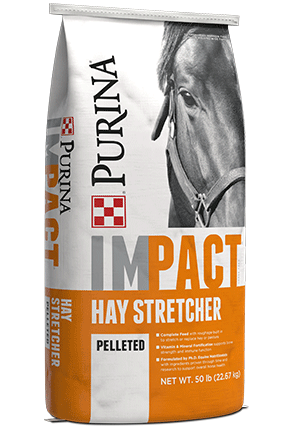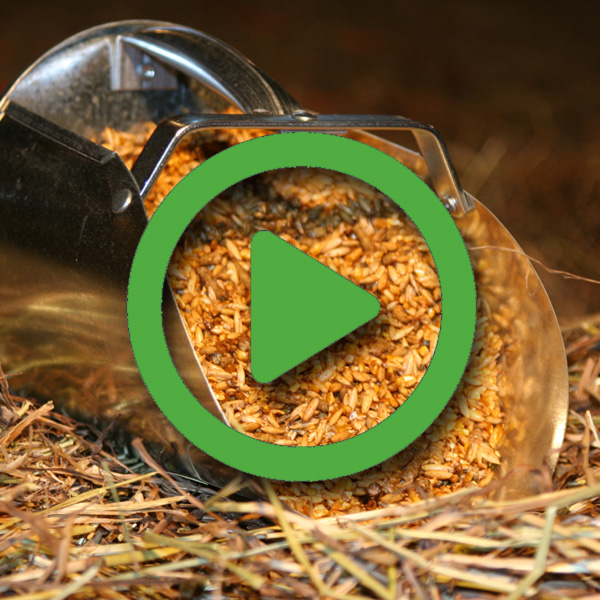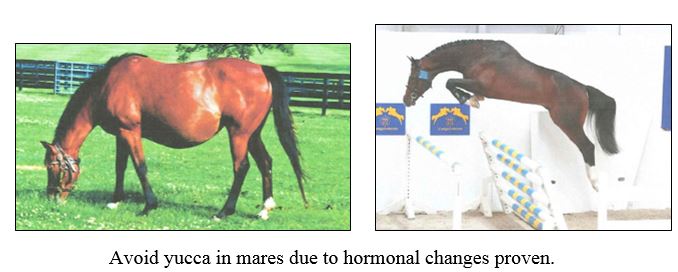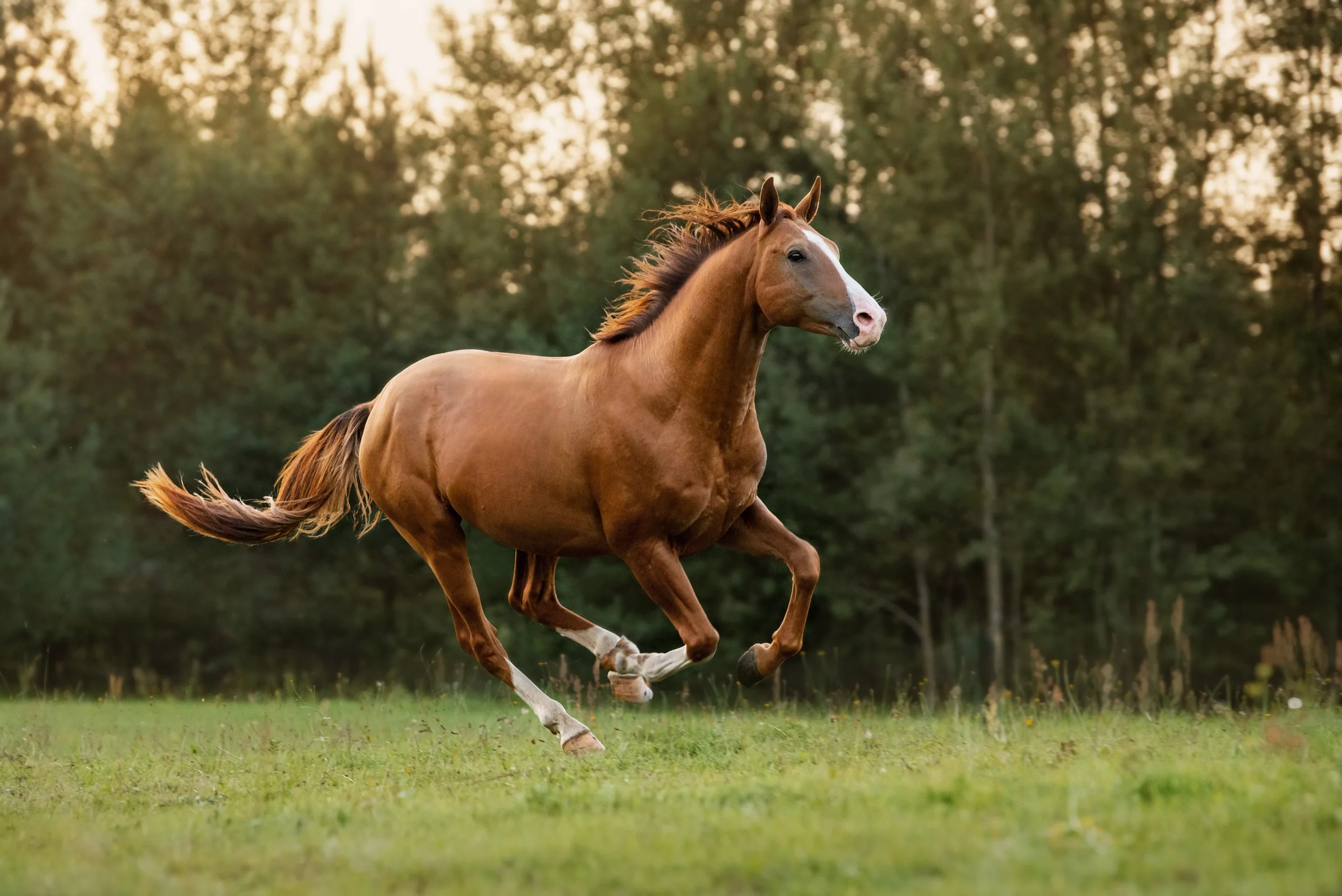Feeding Horses with Insulin Resistance: A Comprehensive Guide

Insulin resistance in horses is a metabolic disorder that affects how their bodies process sugar and starch, leading to elevated insulin levels and increased risk of laminitis. Proper feeding management is crucial to control this condition and maintain your horse’s health.
Understanding Insulin Resistance in Horses

Insulin resistance occurs when a horse’s cells become less responsive to insulin, a hormone that regulates blood sugar. This can result from genetics, obesity, or lack of exercise. Horses with insulin resistance often have difficulty metabolizing carbohydrates efficiently.
Key Dietary Considerations

1. Limit Non-Structural Carbohydrates (NSCs)
NSCs include sugars, starches, and fructans found in grains and some forages. High NSC intake can spike blood sugar and insulin levels.
- Avoid or minimize grains and sweet feeds.
- Test hay for NSC content; aim for less than 10-12% NSC.
- Choose low-NSC forage options like mature grass hay or haylage.
2. Increase Fiber Intake
Fiber helps regulate digestion and maintain steady blood sugar levels.
- Provide ample high-quality forage.
- Consider adding beet pulp or soybean hulls as fiber sources.
3. Control Caloric Intake
Obesity exacerbates insulin resistance.
- Monitor body condition regularly.
- Adjust feed amounts to maintain a healthy weight.
4. Supplement with Essential Nutrients
Certain supplements may support metabolic health.
- Consider chromium and magnesium supplements after consulting a veterinarian.
- Ensure adequate vitamin E and selenium levels.
Feeding Strategies
| Strategy | Description | Benefits |
|---|---|---|
| Soaking Hay | Soak hay in water for 30-60 minutes to reduce NSC content | Lowers sugar intake from forage |
| Frequent Small Meals | Feed smaller amounts multiple times a day | Helps stabilize blood sugar levels |
| Avoiding Pasture Grazing | Limit access to lush pasture, especially in spring and fall | Prevents excessive NSC consumption |
Sample Daily Feeding Plan
- Morning: Low-NSC hay soaked for 45 minutes
- Midday: Small portion of beet pulp with vitamin/mineral supplement
- Evening: Low-NSC hay
- Controlled access to pasture with grazing muzzle if needed
Frequently Asked Questions (FAQ)
Q1: Can horses with insulin resistance eat grain?
A: It’s best to avoid grains as they are high in NSCs, which can worsen insulin resistance.
Q2: How do I test my hay for NSC content?
A: You can send hay samples to a forage testing lab or use at-home test kits.
Q3: Is exercise important for horses with insulin resistance?
A: Yes, regular exercise helps improve insulin sensitivity and overall health.
Q4: Can supplements cure insulin resistance?
A: Supplements can support management but are not a cure. Diet and exercise are key.
Conclusion
Managing insulin resistance in horses requires a careful balance of diet, exercise, and monitoring. By limiting NSCs, increasing fiber, controlling calories, and using strategic feeding methods, you can help your horse maintain stable insulin levels and reduce the risk of complications like laminitis.
This guide provides a solid foundation for writing a detailed, SEO-friendly blog article on feeding horses with insulin resistance, incorporating tables, lists, and FAQs to enhance readability and engagement.
